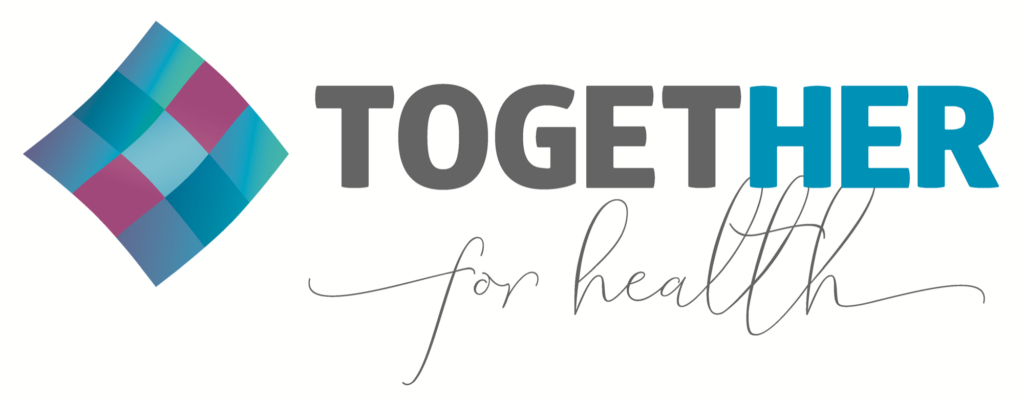Let’s Seize the Opportunity to Modernize Cervical Cancer Prevention
Earlier this month, the World Health Organization (WHO) released updated global guidelines on the screening and treatment of pre-cancer lesions for cervical cancer prevention, following last year’s launch of its ambitious global strategy to eliminate this disease.
The guidelines – created through a consultative process involving experts, advocates, and communities – emphasize testing for cervical cancer-causing strains of the human papillomavirus (HPV), in lieu of screening through cytology (Pap smears) or visual inspection with acetic acid (VIA), for all women worldwide.
TogetHER for Health enthusiastically supports this critical evolution in cervical cancer prevention. The updated guidelines provide a clear mandate and scientific rationale for wide-scale adoption of HPV testing as the recommended screening method for women worldwide, including women living with HIV.
We believe that the implementation of these guidelines will bolster efforts to increase screening of women at ages 35 and 45 to the 70% threshold necessary to achieve the 2030 targets for elimination under the WHO’s strategy. Rapid global uptake of HPV testing can provide more accurate diagnosis and improved prioritization of cervical cancer treatment resources at the population level, saving thousands of women each year from dying preventable deaths.
However, ambitious strategies and evidence-based guidelines will only save lives if they are translated into effective, accessible programs for women everywhere. Funders and implementers must expedite conversations about incorporating the new guidelines with countries and communities, while committing necessary political and financial support.
We need to start acting now to modernize global cervical cancer prevention. So, what can advocates do to support this monumental transition?
- Know where your country stands on HPV testing – and if it has a plan. A number of countries have already published budgeted cervical cancer control plans that incorporate HPV testing – including Mongolia and Zambia – but most haven’t. There’s never been a more critical time to make the case for the first-ever elimination of a cancer at the national level.
- Understand and communicate the benefits of implementing HPV testing. We’d love to know what questions our partners have about the new guidelines, and to get thoughts on any resources that could be valuable. In the meantime, this helpful WHO FAQ has useful information.
- Highlight the available evidence – and identify knowledge gaps – on implementing HPV testing in various settings. Programs such as Malaysia’s Program ROSE can inform and influence uptake of HPV testing in other parts of the world, but full-scale rollout will require continued research to identify and hone context-specific strategies.
The world has dedicated itself to eliminating a disease that ends the lives of over 300,000 women every year. These new guidelines represent a user’s manual to the cervical cancer prevention response women need today. Join me in celebrating this important milestone, and in driving forward the action needed to make cervical cancer history.
